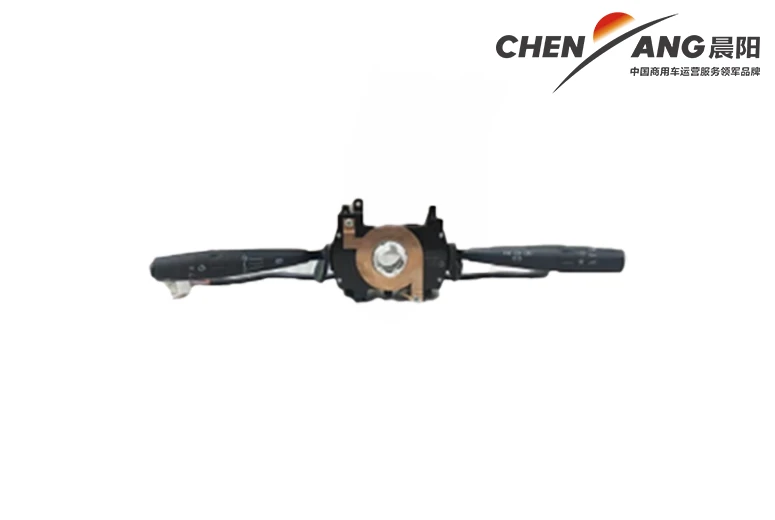Understanding the Role of Solenoids in Automatic Transmission Systems and Their Functionality
Understanding Automatic Transmission Solenoids Function, Types, and Importance
Automatic transmissions are an essential component of modern vehicles, providing a seamless driving experience by automatically adjusting gears based on the vehicle's speed and engine load. One of the key elements in the functioning of an automatic transmission is the solenoid. In simple terms, a solenoid is an electromechanical device that converts electrical energy into mechanical movement. In the context of automatic transmissions, solenoids play a critical role in controlling fluid flow and, subsequently, gear shifting.
Function of Automatic Transmission Solenoids
Automatic transmission solenoids control the flow of hydraulic fluid in the transmission system. When the driver accelerates or decelerates, the vehicle's computer monitors various parameters, such as engine speed and load, to determine when to shift gears. The computer sends an electrical signal to the appropriate solenoid, which opens or closes valves in the transmission. This action allows or restricts the flow of hydraulic fluid, enabling smooth gear shifts.
There are several specific functions performed by solenoids in an automatic transmission, including
1. Shifting Gears Solenoids control the engagement and disengagement of clutches within the transmission, influencing the gear ratios based on driving conditions. 2. Lock-Up Control In some automatic transmissions, solenoids manage the lock-up feature, which connects the engine directly to the transmission for better fuel efficiency at cruising speeds.
3. Pressure Regulation Solenoids help maintain optimal hydraulic pressure within the transmission, ensuring that clutches operate efficiently and that gear shifts occur smoothly.
Types of Automatic Transmission Solenoids
automatic transmission solenoid

Automatic transmission solenoids can be categorized into several types based on their functions and designs. The most common types include
1. Shift Solenoids These solenoids are responsible for switching between different gears. They can be further divided into on/off solenoids that either allow or prevent fluid flow, and variable solenoids that can modulate fluid flow for smoother shifts.
2. Pressure Control Solenoids These solenoids regulate the hydraulic pressure within the transmission, ensuring that the applied pressure matches the demands of the vehicle's operating conditions.
3. Torque Converter Clutch Solenoids These solenoids control the engagement and disengagement of the torque converter clutch, which helps improve fuel efficiency by locking the converter during stable speeds.
4. Line Pressure Solenoids These solenoids manage the overall hydraulic pressure in the transmission, directly affecting how firm or soft the gear shifts feel.
Importance and Maintenance of Solenoids
The proper functioning of transmission solenoids is vital for the overall performance and longevity of an automatic transmission. When solenoids fail, it can lead to a variety of issues, including harsh or erratic shifting, slipping gears, and reduced fuel efficiency. In some cases, a faulty solenoid can cause the transmission to go into limp mode, restricting the vehicle's performance to avoid further damage.
Regular maintenance and diagnostics are crucial for ensuring that solenoids function correctly. Symptoms of solenoid failure may include warning lights on the dashboard, unusual noises, or shifts that are not as smooth as they should be. Many modern vehicles are equipped with onboard diagnostic systems that can alert drivers to transmission issues, including solenoid malfunctions.
In conclusion, automatic transmission solenoids are essential components that facilitate smooth gear shifts and optimal vehicle performance. Understanding their functions, types, and importance can help vehicle owners maintain their transmissions effectively, ensuring a reliable and enjoyable driving experience. Regular checks and timely replacements of faulty solenoids can save drivers from expensive repairs and keep their vehicles running at peak performance.
-
SINOTRUK HOWO 84 Electric Dump Truck for Eco-Friendly Heavy HaulingNewsJul.26,2025
-
The Fast 16-Gear Manual Transmission Assembly for Heavy TrucksNewsJul.25,2025
-
Mercedes Benz Actros 1848 42 Tractor Truck for Sale - Reliable PerformanceNewsJul.24,2025
-
High-Quality Water Pump Assembly for Sinotruk Trucks – Durable & ReliableNewsJul.23,2025
-
Premium Truck Engine Antifreeze Coolant Fluid for Heavy Duty VehiclesNewsJul.22,2025
-
FOTON View G7 Mini Bus: Affordable & Spacious TransportNewsJul.22,2025
Popular products

























